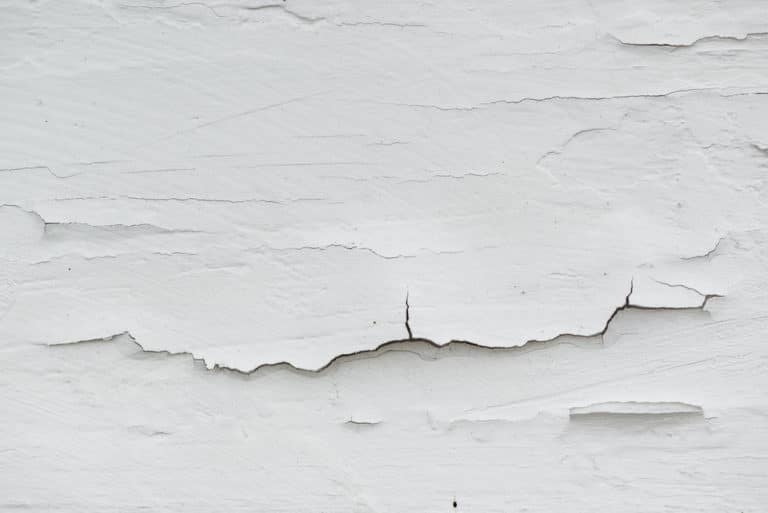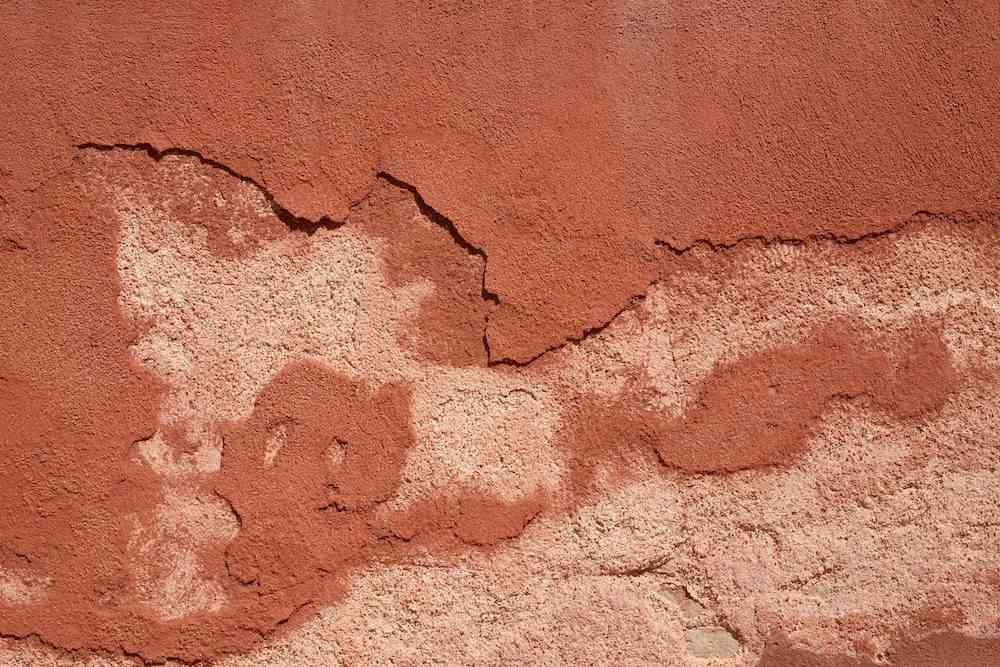Call anytime
- Newline Painting
- The Ultimate Peeling Paint Guide
The Ultimate Peeling Paint Guide
Flaking, cracking, peeling paint. You hate them, and so do we!
Peeling paint walls and flaking paint ceilings. These horrors are things that you do not want to hear happening at your home. Unsightly interior walls and worn-down ceilings can be a real headache to deal with.
Peeling paint can significantly reduce the overall attractiveness and value of your home and can reflect poorly on you as the homeowners. It can also have an impact on your family’s health if it is not treated and left for a long time to deteriorate.
So what can you do when it happens? Why does it happen? How can you prevent it?
In this article, we investigate closely to everything you need to know about peeling paint and flaking paint in your home.

What is Peeling Paint?
Peeling paint is a common problem in most households. It’s when the paint on your interior walls and ceiling begins to come off. The paint is detached from the surface of the wall and is no longer adhesive.
You may have seen it on old timber weatherboards where the paint has almost been completely stripped from the surface due to years of harsh weather conditions.
However, when it comes to interior peeling paint, it can occur over a shorter time period and due to different reasons. This could be a few days to a few years after applying your fresh paint.
Peeling paint are commonly found on plaster walls, drywalls, in bathrooms, kitchens, near window frames, trimmings and timber decks.
The time that it happens is determined by the reason why it is happening in the first place. There are several factors why it happens which leads us to our next topic.

Why does it happen?
Interior flaking, cracking and peeling paint can all be the result of:
1) Preparation is king
As a leading interior professional painting provider, we know that preparation is king in painting. It dictates the result of your job no matter how well you can paint. If the surface is poorly prepared, the paint cannot be applied properly and thus begins the blistering and flaking of your paint shortly after.
2) Water
Water is one of the main perpetrators of flaking paint. That is why most peeling paint occurs in rooms where water is available such as in the kitchen or bathroom. Water can penetrate through the paint to separate the paint layers from the surface to result in cracking and peeling.
This is why it is important ‘Why You Should Consider Waterproof Paint for Interior Painting’, especially in rooms where there is water.
3) Expired paint
If you didn’t know, paint has a best before date until it is deemed expired. Unopened water-based latex and acrylic paint can last up to 10 years. While leftover paint that has been tightly sealed and stored correctly in a dry and cool place should be used within 2 years.
Expired paint often become too thin which loses its ability to stick to the surface walls properly. You should not be surprised to see your paint chipping away if you are applying expired paint.
4) High temperature
High temperatures such as exposure to the sunlight for long durations can cause paint to crack. The constant expansion and contraction under extreme temperatures can harm the adhesion bond of the paint and surface, leaving it to crack away.
5) Moisture and condensation
The buildup of condensation and moisture on walls and ceilings such as in the bathroom can be due to poor ventilation.
After a heavy rain or storm, condensation on your interior walls can cause mould to grow and bludge the paint layers. The paint slowly flakes and fails.
Moisture can get under the paint to separate the glue which sticks the paint to the surface. As a result, bludging and flaking of paint layers.
6) Low-quality paint
Using low-quality paint is a no-no. Not only do they look cheap but they deliver more problems than needed. Using low-quality paint is almost as bad as using expired paint. They lack the substance to strongly bond with the surface. They are easy to peel and flake even after recently applying it.
7) Poor application
When paint is applied incorrectly or poorly, the paint particles are unable to strongly adhere to the surface to last for a long time. This could be due to low quality paint brushes that unevenly spreads the paint or creates layers that are too thin. As a result, the paint is prone to peeling.
8) Wrong paint or primer
As silly as it sounds, this is a common problem for inexperienced painters which can be easily avoided by using a professional painter. Certain paint are made for certain surfaces. For example, some are created for metal or concrete surfaces and cannot be used for timber or plastic. Although it can still be used, the quality is not desirable.
Using the wrong paint will mean that the paint chemicals will not bond with the surface no matter how well it has been prepared. In addition to using the wrong paint, using the incorrect primer can also result in flaking.
9) Different paint layers
This is a problem that you should be aware of. There are certain types of paint which do not mix well together; oil-based and water-based paint. When applied over the top of one another, they form poor links. It only becomes a matter of time become it is peeled off.

How to Stop Peeling Paint?
Now that we’ve established and identified peeling paint. The next step is to resolve the problem and to prevent it from happening again. So, how do you tackle the issue?
1) Preparation
Again, preparation is equally important in resolving a peeling paint problem. Make sure that you are equipped with a safety glass, mask and gloves before doing anything. Lead-based paint is a hazardous waste that should be treated with caution. Long-term exposure to lead can be highly dangerous.
Be sure to create enough space to work with by removing any furniture and taping any electrical wires. A large drop sheet is ideal to protect and catch any flaking paint that would otherwise end up on the floor.
2) Remove the peeling paint
Before anything is done to the wall or ceiling. Remove the loose paint by using a wire brush, paint scraper or putty knife. Be sure to thoroughly remove any paint that has failed to ensure that the problem will not occur again.
3) Repair
After removing the loose paint debris from the surface, the wall will be damaged with holes and cracks which will need to be repaired. Apply a patching mixture to the areas carefully so that it is fully covered and filled for sanding. This should be left to dry according to the manufacturer’s instructions on the label.
4) Sand
Once the compound has been left to fully dry, you will need to sand it down to a level surface for an even painting. A very fine grit sanding paper will allow for a smooth and perfect finish.
5) Clean
Be sure to clean the area after sanding to remove any dust and molecules for better paint adhesion and prevent future paint peels. Use a slightly damped cloth to collect the dirt. Make sure that you allow the area to be completely dry before painting. We do want flaking paint as a result of moisture under our paint.
6) Prime and paint
The final steps are to apply primer and paint the surface after it is dry. The primer will ensure that the paint will have a strong base to attach so that it can last for several years. Once the primer has been left to dry, apply your coat of paint evenly on the top. Do the same for the second layer of paint and you are done!
If you have a peeling paint or flaking paint job at home then get an expert to handle it for you. Newline Painting offers professional peeling paint solutions that will leave you feeling extremely relieved. We can resolve your peeling paint, flaking ceiling, cracking paint walls in Melbourne, all at incredible prices.
Our exceptional services will ensure that you will not see any future peeling paint with our amazing 7-year warranty. Please kindly call us on 1300 044 206 and fix your home interior paint today with Newline Painting.





Get a Quote from Melbourne’s Trusted, Award-Winning Painters
Get an Instant QuoteContact
-
-
Send email
-
47 Claremont St, South Yarra
Melbourne, VIC 3141, Australia
Partners
Copyright © 2025 All Rights Reserved. Newline Painting. House Painting Melbourne. Terms & Conditions. Privacy Policy

